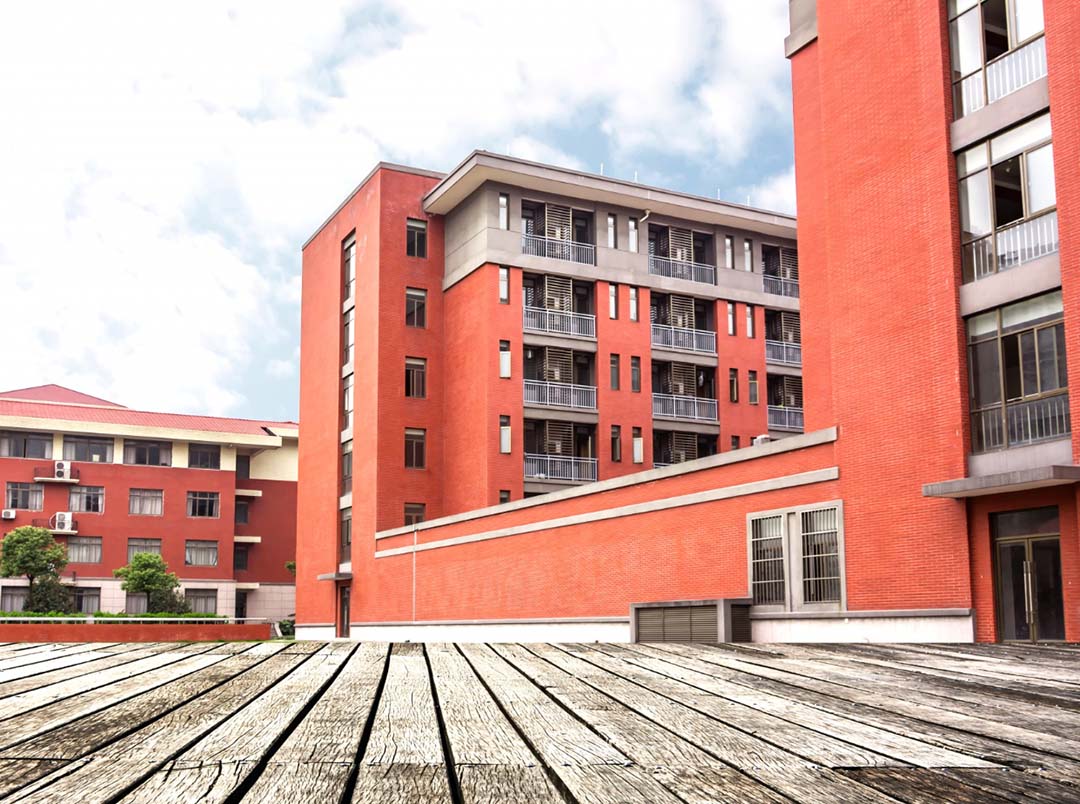
Finland has been the very focus of success in the field of schooling and in the education world since it ranked first in an international test known as PISA, or Program for International Student Assessment, in the early 2000s, despite all odds. Thousands of people have visited the country to learn how to enhance their own schools. Hundreds of essays have been written to explain why Finnish education is so good — or why it isn’t so good at times. Hundreds of millions of tweets have been shared and read, sparking disputes about the true character of Finland’s schools and how they teach and learn.
Why are schools in Finland so successful? Let us look into the insights and reasons.
Except for one exam at the end of a student’s senior year of high school, Finland has no obligatory standardized assessments. There are no comparisons, rankings, or competition among students, schools, or areas. Finland’s public schools are funded by the government. Educators, not businesspeople, military leaders, or career politicians, rule the government agencies that oversee them, from national officials to local authorities. Every school shares the same national objectives and recruits from the same pool of university-trained teachers. As a result, whether a Finnish child lives in a remote village or a university town, he or she has a strong chance of receiving the same high-quality education.
According to the most recent survey by the Organization for Economic Cooperation and Development, the gaps between the weakest and strongest pupils are the smallest in the world (OECD). “In Finnish education, equality is the most essential word. “
Before entering the profession, all teachers must obtain a master’s degree. The most hard and selective professional schools in the country are teaching programs. It is the individual principal’s responsibility to intervene if a teacher is underperforming.
The student-teacher relationship, which was formerly a master-apprentice relationship, cannot be reduced to a few bureaucratic checks and standardized testing criteria. It must be dealt with on a case-by-case basis.
It is because of this environment that the schools of Finland have risen to the top of the worldwide pack. Artificial or arbitrary merit-based systems are not a concern in Finland’s educational system. There are no top-performing schools or teachers on any lists. It is not a competitive workplace; rather, cooperation is the norm.
Many educational systems are so focused on improving test scores and comprehension in math and science that they overlook what makes a student and learning environment pleasant, harmonious, and healthy. Many years ago, the Finnish educational system was in desperate need of reform.
Finland’s program was centered on getting back to basics. It wasn’t about getting the best grades or escalating the stakes. They instead sought to make the school climate more equitable.
Early mornings, getting a bus or ride, and participating in morning and after-school extracurriculars are all significant time sinks for students. When you consider that some classes begin as early as 6 a.m., you’ve got a bunch of drowsy, unmotivated teenagers on your hands.
In Finland, students often begin school between 9:00 and 9:45 a.m. Early start times have been demonstrated to be detrimental to students’ well-being, health, and maturation in studies. Finnish schools start later in the day and frequently finish between 2:00 and 2:45 a.m. They have longer class sessions and significantly longer intervals between them. The total system isn’t in place to pack material into kids’ heads, but to foster a holistic learning environment.
There is a general trend in Finland’s approach to education. There will be less tension, less unnecessary regimentation, and more compassion. Students often only have a few classes every day. They have various opportunities to consume their meals, participate in leisure activities, and simply relax. 15 to 20 minute intervals are scheduled throughout the day for the students to stretch, get some fresh air, and decompress.
Teachers require this type of environment as well. Teachers have lounges set up throughout Finnish schools where they can relax, prepare for the day, or simply chat. Teachers are people, too, and they need to be functional in order to perform at their best.
According to the OECD, Finnish pupils have the least amount of outside work and homework of any country’s students. They only work on schoolwork for half an hour each night. Tutors are also unavailable to Finnish students. Despite this, they surpass civilizations with unhealthy school-to-life balances that are free of superfluous or excessive stress.
Finnish children are completing all of their schoolwork without the additional demands that come with excelling in a topic. They may focus on the genuine goal at hand — learning and growing as a human being – instead of worrying about grades and busywork.
The educational system in Finland is a living example of an ideal and a healthy learning process and environment. There is a need to model education systems across the world based on the Finland school model. The shortcomings of education systems in today’s world testify the need to change the approaches or in attempting alternate models of the education system. Education might be better achieved in its purest form, in a healthier learning space.